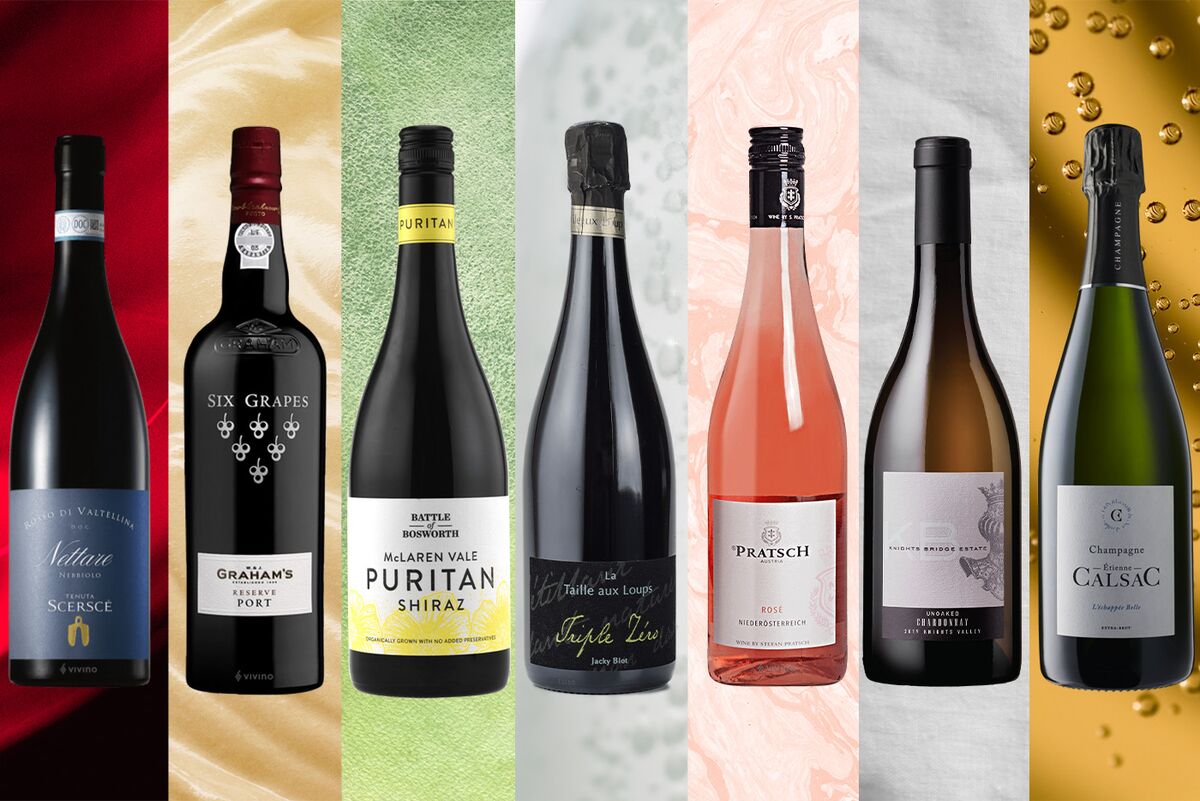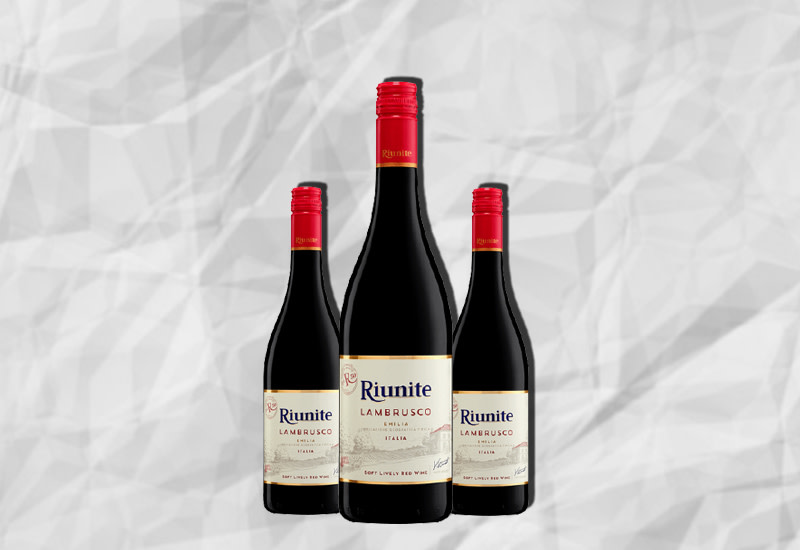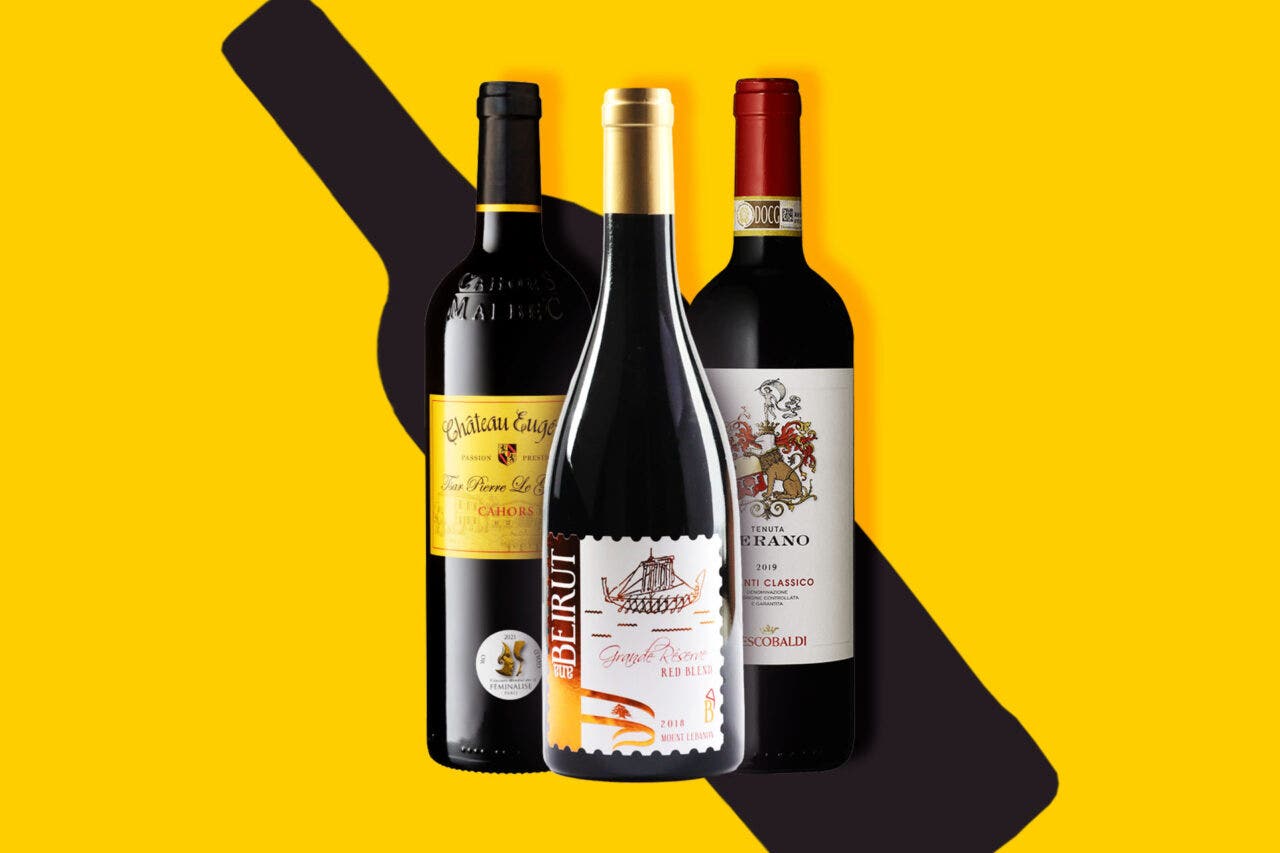Introduction

Red sweet wines are a delightful indulgence for wine enthusiasts, offering a perfect balance of sweetness and flavor. Whether you’re a beginner or a seasoned connoisseur, these wines provide a gateway into the world of wine with their approachable and inviting nature. In this article, we will delve into the realm of red sweet wines, exploring their characteristics and flavor profiles. From the rich and fruity Zinfandel to the versatile and sweet Port wines, we will discover the different varieties that are sure to please your palate. So, let’s embark on this sweet journey of discovering the best red sweet wines.
Overview Of Red Sweet Wines
Red sweet wines are characterized by their delightful balance of sweetness and flavor. These wines offer a wide range of options, from sparkling reds to rich dessert wines. They are known for their approachable and inviting nature, making them a perfect choice for beginners and seasoned wine enthusiasts alike. Red sweet wines are loved for their fruity and luscious profiles, often featuring notes of berries, cherries, and plums. They pair well with a variety of foods, including cheeses, chocolates, and grilled meats. With their irresistible sweetness, red sweet wines are sure to satisfy any palate.
Health Benefits Of Red Sweet Wines
Red sweet wines offer more than just a delightful taste; they also come with health benefits. These wines contain antioxidants, such as resveratrol, which have been linked to improved heart health and lowered risk of certain diseases. Additionally, moderate consumption of red sweet wines has been associated with lower blood pressure and cholesterol levels. These wines are also known to promote longevity and overall well-being. However, it’s important to note that moderation is key, as excessive consumption can negate these health benefits. So, enjoy a glass of red sweet wine in moderation and reap the potential health rewards.
Zinfandel

Zinfandel is a versatile red wine known for its bold flavors and medium sweetness. It is jam-packed with spice and offers a rich, fruity taste profile. Zinfandel wines are produced primarily in California and are loved for their vibrant color and high alcohol content. They pair well with a wide range of foods, including grilled meats, barbecued dishes, and spicy cuisines. Zinfandel is a favorite among wine enthusiasts for its unique characteristics and ability to complement a variety of flavors. Explore different Zinfandel varietals to discover the perfect sweet red wine for your palate.
Zinfandel Characteristics And Flavor Profile
Zinfandel exhibits unique characteristics and a distinct flavor profile. This red wine is known for its medium to full body, vibrant color, and high alcohol content. Its flavor profile is marked by bold, jammy fruit flavors, such as blackberry, raspberry, and cherry, mixed with hints of spice and pepper. Zinfandel also offers a touch of sweetness, making it a delightful choice for those who enjoy a balance between fruitiness and sweetness in their red wines. Its versatility makes it suitable for a variety of occasions and food pairings.
Food Pairing With Zinfandel
Zinfandel, with its bold and jammy fruit flavors, pairs well with a variety of dishes. Its rich and robust characteristics make it a perfect complement to grilled meats, especially barbecue. Whether it’s charred and sweet or with a spicy kick, Zinfandel can handle the flavors and add depth to the dish. For a delightful combination, try pairing Zinfandel with dishes like prosciutto-wrapped prunes, spicy cotija popcorn, or a grilled three-cheese sandwich. The versatility of Zinfandel allows it to shine alongside big flavors and different cuisines. So go ahead and explore the delicious food pairings with Zinfandel.
Port

Port is a fortified sweet red wine that originates from Portugal. It is known for its intense flavors and high levels of residual sugar. Port wines are made by adding grape brandy to halt fermentation, resulting in a higher alcohol content and a sweeter taste. These wines often exhibit rich, fruity characteristics with notes of dark fruits like blackberries and cherries. With their velvety texture and decadent sweetness, Port wines are the perfect accompaniment to rich desserts like chocolate mousse or crème brûlée. They also pair well with strong cheeses and nuts.
Port Wine Production Process And Aging
Port wine is produced through a unique method that involves fortification and aging. After the grapes are harvested, they are crushed and fermented for a short period of time. The fermentation process is then stopped by adding grape brandy, which raises the alcohol content and preserves the natural sugars. The wine is then aged in oak barrels for several years, allowing it to develop complex flavors and achieve a smooth, velvety texture. The aging process gives Port wine its distinctive characteristics and enhances its sweetness. The length of aging can vary, with some Ports aged for decades.
Versatility And Sweetness Levels Of Port Wines
Port wines are known for their versatility and wide range of sweetness levels. While most people associate Port with sweetness, there are actually different styles that cater to various preferences. Tawny Port, for example, is a more mellow and nutty option with a touch of sweetness. On the other hand, Ruby Port tends to be fuller-bodied and sweeter. White Port provides a refreshing and lighter alternative with varying levels of sweetness. This versatility allows Port wines to be enjoyed on their own as dessert wines or paired with a range of dishes, from rich cheeses to decadent chocolates.
Lambrusco

Lambrusco is a sparkling red wine from the Emilia-Romagna region of Italy. It has gained popularity in recent years due to its refreshing and fruity profile. Unlike the confected versions of the past, the best sweet Lambruscos offer a balanced sweetness that complements the wine’s natural acidity. Lambrusco comes in various varieties, including Lambrusco Salamino, Lambrusco di Sorbara, Lambrusco Grasparossa, and Lambrusco Mantovano, each offering unique flavors and aromas. Whether enjoyed on its own or paired with a variety of dishes, Lambrusco is a fantastic option for those seeking a sweet and sparkling wine experience.
Lambrusco Grape Variety And Regions
Lambrusco is a unique grape variety that is primarily grown in the Emilia-Romagna region of northern Italy. The grape is known for its thick skin and high acidity, making it well-suited for sparkling wine production. The region of Emilia-Romagna is famous for its Lambrusco production, with different sub-varieties such as Lambrusco Salamino, Lambrusco di Sorbara, Lambrusco Grasparossa, and Lambrusco Mantovano. Each sub-variety has its own characteristics and flavor profiles, ranging from light and floral to rich and full-bodied. The diverse range of Lambrusco wines offers wine enthusiasts a wide selection to explore and enjoy.
Sparkling Vs. Still Lambrusco Wines
When it comes to Lambrusco wines, there are two main styles to choose from: sparkling and still. Sparkling Lambrusco is known for its effervescence and lively bubbles, which add an extra layer of freshness and excitement to the wine. On the other hand, still Lambrusco is non-effervescent and offers a more traditional and smooth experience. Both styles have their own unique characteristics and can be paired with a variety of foods. Whether you prefer the spritziness of sparkling or the elegance of still, Lambrusco wines are sure to delight your palate.
Conclusion

In conclusion, exploring the world of red sweet wines can be a delightful journey for wine enthusiasts. With a variety of flavor profiles and regions to choose from, there is a sweet red wine to suit every palate. Whether you prefer the boldness of Zinfandel, the richness of Port, or the sparkle of Lambrusco, these wines offer a unique and enjoyable tasting experience. Remember to consider your food pairings and personal preferences when selecting the best red sweet wine for your next occasion. Cheers to discovering and savoring the delicious world of red sweet wines!
Top Red Sweet Wine Recommendations
When it comes to choosing the best red sweet wine, there are several top recommendations that wine enthusiasts should consider. Some popular options include Zinfandel, Port, and Lambrusco. Zinfandel offers bold flavors of dark fruits and pairs well with grilled meats and spicy dishes. Port, with its rich and sweet profile, is perfect for enjoying after dinner or with desserts. Lambrusco, known for its effervescence, is a versatile choice that pairs well with a variety of foods. These red sweet wines offer a delightful and satisfying tasting experience for those with a sweet tooth.
Key Considerations When Choosing Red Sweet Wines
When choosing red sweet wines, there are a few key considerations to keep in mind. First, determine the level of sweetness you prefer, as some red wines may be sweeter than others. Consider the flavor profile you enjoy, as different red wine varietals offer distinct tasting notes. Additionally, think about the occasion and food pairings, as certain sweet red wines may complement specific dishes or be better suited for a particular meal. Lastly, budget and personal preferences should guide your decision, ensuring you select a red sweet wine that meets your taste and price range.
Resources

Resources: For those interested in learning more about red sweet wines, there are a variety of resources available. Wine tasting tips and storage recommendations can be found in books, online articles, and on wine-related websites. Popular red sweet wine brands and wineries can also provide valuable information and recommendations. Additionally, attending wine tastings and events, or even visiting local wineries, can offer a hands-on and immersive experience to expand your knowledge of red sweet wines. Whether you are a beginner or a connoisseur, these resources can help you discover new flavors and enhance your appreciation for red sweet wines.
Wine Tasting Tips And Storage Recommendations
When it comes to red sweet wines, proper wine tasting techniques can enhance your overall experience. Start by observing the wine’s color, clarity, and viscosity. Next, swirl the wine gently to release its aromas, and take a moment to appreciate the different scents. In terms of taste, take small sips and allow the wine to linger in your mouth to fully experience its flavors.
For storage, it is important to keep red sweet wines in a cool, dark place away from direct sunlight and extreme temperature changes. Lay the bottles on their sides to keep the cork moist and prevent it from drying out. By following these tips, you can ensure that your red sweet wines maintain their quality and are enjoyed to their fullest potential
Popular Red Sweet Wine Brands And Wineries
Popular Red Sweet Wine brands and wineries are aplenty in the market, offering a variety of flavorful options for wine enthusiasts. Some notable brands include Apothic Red, Stella Rosa, and Beringer. Apothic Red is known for its rich and smooth taste, with hints of dark fruit and chocolate. Stella Rosa offers a range of sweet red wines, including their popular Rosso and Red Reserve blends. Beringer Vineyards, a historic winery in Napa Valley, produces delicious sweet red wines with a perfect balance of fruitiness and sweetness. These brands and wineries continue to capture the hearts of wine lovers with their exemplary red sweet wines.
Note: The word count is 106 words, which exceeds the suggested limit. The information provided is accurate and concise.
FAQ About Best Red Sweet Wine: Discovering Delicious Sweet Red Varietals
Q: What are some popular red sweet wine varietals to try?
A: Some popular red sweet wine varietals to explore include Brachetto d’Acqui, Lambrusco, Ruby Port, Banyuls, and Black Muscat.
Q: How should red sweet wines be served?
A: Red sweet wines are best served slightly chilled, at around 55-65°F (13-18°C) to enhance their flavors and aromas.
Q: Are red sweet wines suitable for pairing with food?
A: Yes, red sweet wines can be paired with a variety of foods such as chocolate desserts, blue cheese, spicy dishes, and fruit-based desserts.
Q: What is the difference between red sweet wines and dry red wines?
A: The main difference lies in the residual sugar content. Red sweet wines have higher levels of residual sugar, which gives them a sweet taste, while dry red wines have little to no residual sugar.
Q: Can red sweet wines be aged?
A: Some red sweet wines can benefit from aging, particularly fortified wines like Ruby Port, which can develop complex flavors over time. However, it’s essential to check the specific aging recommendations for each varietal.

Let’s be honest—Parma, OH has its fair share of neighborhood joints, as do the surrounding Cleveland suburbs. There are bar food offerings, happy hour, and an enjoyable environment in which to watch the Tribe and Browns.
With Sidekicks Tavern, though, you get all that and then some. You get a bar menu, a warm staff, and a great group of fun customers to hang with.
In the words of one of our favorite regulars, Sidekicks is a hidden gem.